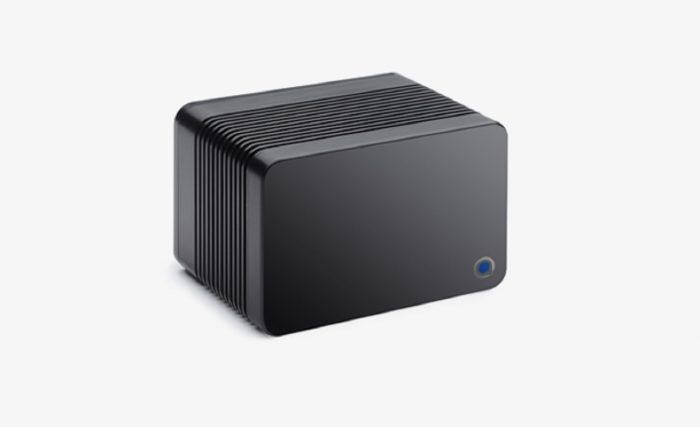La tecnología autónoma avanza: los coches tendrán bonitos ojos
El imparable avance de los coches autónomos y los eléctricos hace que cada día haya espacio para varias novedades en el futuro de la conducción. Hace unos días Goldman Sachs denominaba el litio como la nueva gasolina, prediciendo un importante auge para 2025. También Uber sorprendía a sus clientes de Pittsburgh con viajes en coches autónomos, aunque acompañados por un técnico y un ingeniero.
Una start-up llamada Quanergy ha determinado que estos escáneres no son nada elegantes, y ha diseñado unos pequeños ojos para que no sean tan feos como estos de Uber.

La razón de su robustez es que emplean piezas móviles -espejos giratorios- que dirigen los láseres que barren el mundo. El objetivo de Quanergy es que quepan dentro de la propia estructura del coche y tengan el tamaño de un puño. Además ofrecen mayor resolución y alcance, ya que llegarán a los 200 metros frente a los 120 convencionales. Asimismo podrán centrar su atención en puntos de interés, y reducir averías al prescindir de piezas móviles.

Los creadores acudieron a la empresa se sensores Sensata para su fabricación, prevista para principios del próximo año. El resultado esperado es que estos sensores se oculten detrás de la parrilla del radiador del coche o dentro de los espejos retrovisores.
¿El precio? Unos 225 euros, y se necesitarán tres para que sean equivalentes a la vista de 360º de la que disponen los grandes sensores “tradicionales”. Un precio muy por debajo de los que se encuentran instalados en los vehículos autónomos actualmente.
---------------------------
The unstoppable progress of the autonomous cars and the electric ones makes that every day there is space for several innovations in the future of the driving. A few days ago Goldman Sachs called lithium as the new gasoline, predicting a major boom by 2025. Uber also surprised his Pittsburgh customers with travel in self-contained cars, but accompanied by a technician and an engineer.
And as it seems that the future lies in these two areas, its technology continues to improve. One of the latest developments has focused on the laser scanners of self-contained cars, which record the environment through LIDAR devices so that the vehicle can face the challenges of driving through cities full of obstacles.
A start-up called Quanergy has determined that these scanners are nothing fancy, and has designed small eyes so they are not as ugly as these Uber.
Autonomous taxi uber
The reason for its robustness is that they use moving parts - rotating mirrors - that direct the lasers that sweep the world. The goal of Quanergy is to fit within the structure of the car itself and have the size of a fist. In addition they offer greater resolution and scope, since they will arrive at the 200 meters against the conventional 120. They will also be able to focus on points of interest, and reduce breakdowns by dispensing with moving parts.
Quanergy sensor
The creators flocked to the company's Sensata Sensors for its manufacture, scheduled for early next year. The expected result is that these sensors are hidden behind the radiator grille of the car or inside the rear view mirrors.
The price? About 225 euros, and three will be needed to be equivalent to the 360º view of the large "traditional" sensors. A price well below those currently installed in autonomous vehicles.
No comments:
Post a Comment